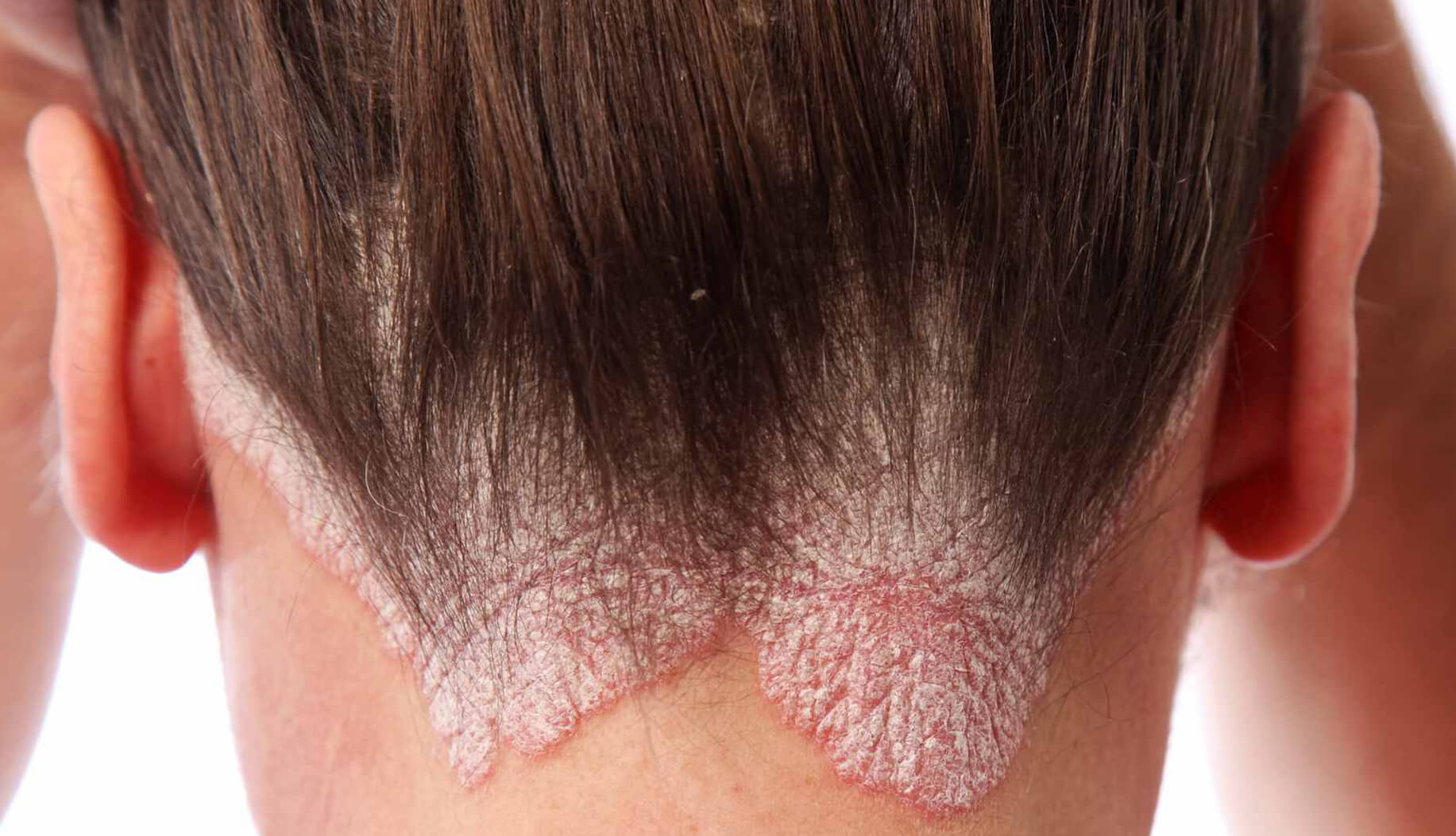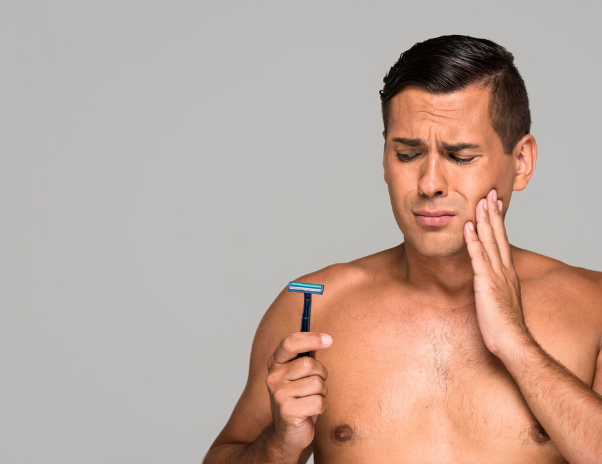
Posted date on Aug 14, 2017
Psoriasis – Overview, Types and Treatment
Psoriasis is a chronic, autoimmune inflammatory disease. It is a common skin condition that alters the life cycle of skin cells. This condition causes cells to build up rapidly on the surface of the skin. The extra skin cells form thick, silvery scales and itchy, dry, red patches that are sometimes painful. Normally, skin cells take about 21 – 28 days to replace themselves, but in patients with psoriasis, they take around 2 – 6 days. Psoriasis can occur on any part of the body, but it happens most commonly in small patches on the elbows, knees, lower back and the scalp. It can also cause intense itching and burning. Although psoriasis may look contagious, it is not.
Psoriasis can be of different types as follows
Plaque psoriasis (psoriasis vulgaris)
It appears as raised, inflamed, red lesions, covered by a silvery, white scale, usually seen on the elbows, knees, scalp and lower back.
Guttate psoriasis
It is seen as small, red individual spots on the skin having less thickness. Upper respiratory infections, streptococcal infections, tonsillitis, stress, injury to the skin and the use of certain drugs like antimalarials, lithium, and beta-blockers can trigger this.
Erythrodermic psoriasis (exfoliative psoriasis)
This condition characterizes reddening (erythema) and sometimes shedding of the skin (exfoliation), severe itching and pain. Some patients may develop swelling and fluid retention, especially around the ankles. The body will have difficulty regulating its temperature which results in shivering. This condition can also trigger infection, pneumonia and congestive heart failure which are life-threatening.
Inverse psoriasis (flexural psoriasis)
This appears as smooth red lesions without scaling usually in the armpits, groin, under the breasts and in other skin folds around the genitals and buttocks. Irritation from rubbing and sweating can make it worse. It is more common in people who are overweight and in people who have deep skin folds.
Pustular psoriasis
This appears as smooth red lesions without scaling usually in the armpits, groin, under the breasts and in other skin folds around the genitals and buttocks. Irritation from rubbing and sweating can make it worse. It is more common in people who are overweight and in people who have deep skin folds.
Pustular psoriasis
It appears as white pustules/blisters of non-infectious pus, surrounded by red skin, either in certain areas of the body, the hands, and feet or over most of the body. The condition tends to follow a cycle, in which reddening of the skin is followed by the formation of pustules and scaling.
Following are three treatment options for Psoriasis
- Systemic therapies – taken by mouth or by injection
- Topical treatment – applied directly to the skin
- Phototherapy or light therapy – regular exposure to ultraviolet light




